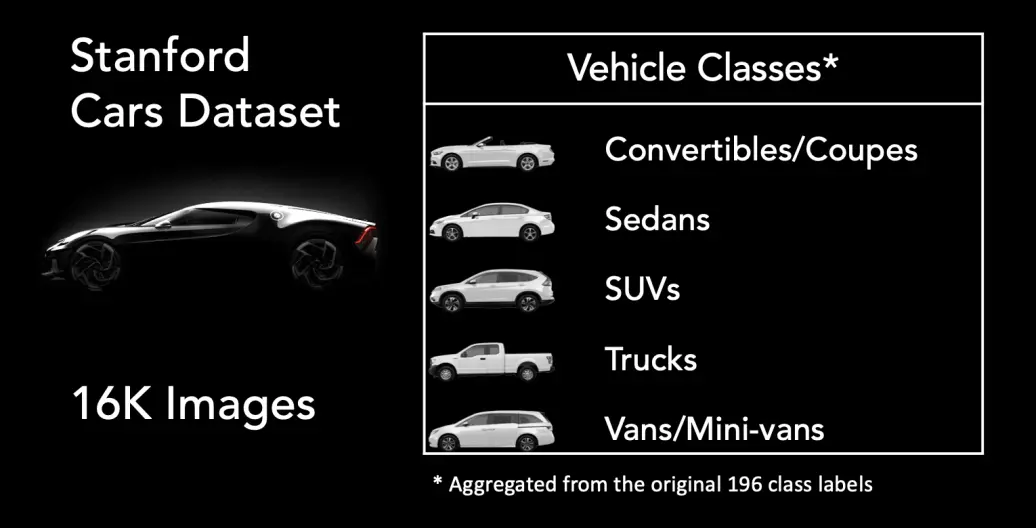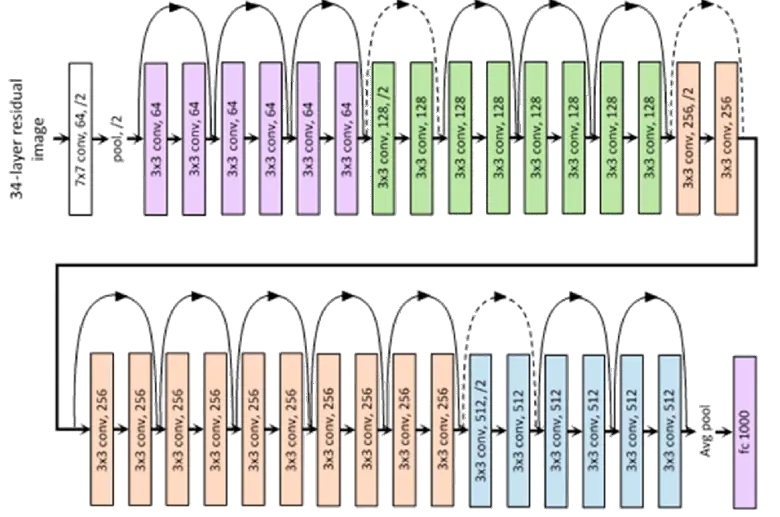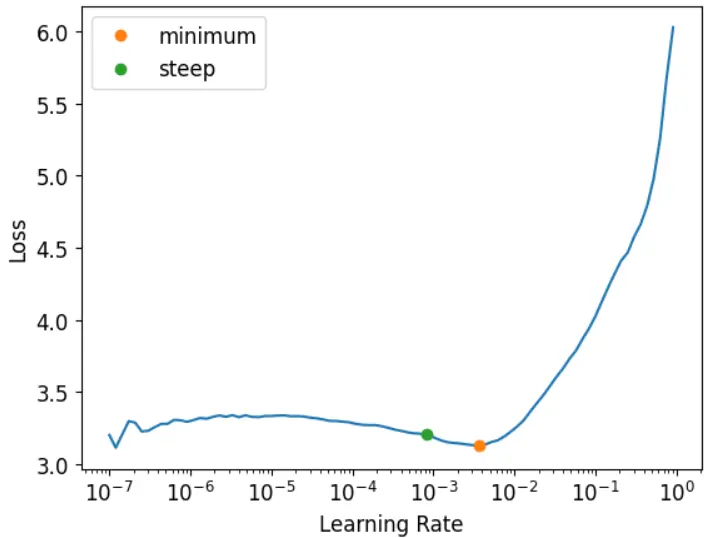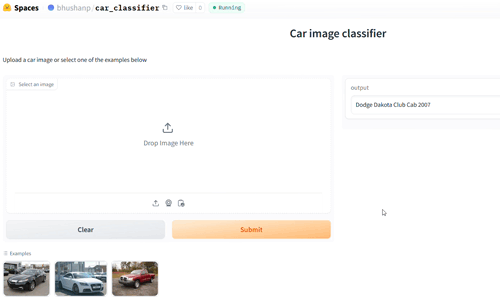Work Done
In this project, the Fastai library was used for developing a car model classifier using the Stanford Cars Dataset. The initial steps involved the preparation of dataset loaders specifically tailored for the Stanford Cars Dataset, ensuring seamless loading of both training and testing data. Initially I was contemplating the implementation of a distinct regression output layer for car make prediction, but then I went ahead with a single classification layer for all classes separately to avoid preprocessing complexities. Instead, all labels were one-hot encoded, paving the way for a more streamlined classification process.
Then I imported the ResNet34 architecture, to serve as the backbone for the model. To facilitate fine-tuning, the last layers of ResNet34 were modified to align with the classification task at hand. The process begin with an initial fine-tuning stage where the learning rate was dynamically determined using the "get learning rate" step. The model was fine-tuned for three epochs, with all layers frozen except the last.
Following this, another learning rate determination step was executed, leading to a subsequent fine-tuning phase spanning five epochs in which all layers were unfrozen, leading to a 70% accuracy for the car model classification task.



